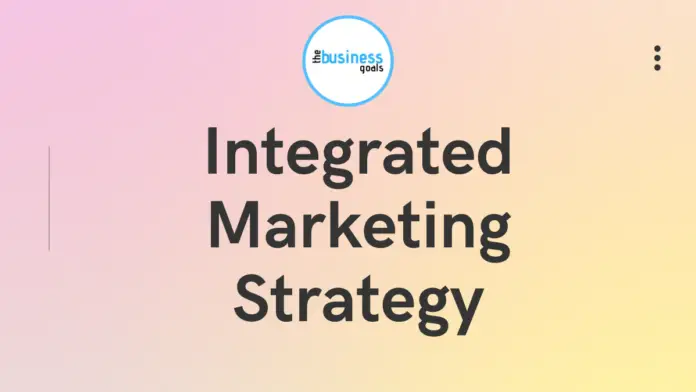Integrated marketing is a strategy for delivering the same message across all of your marketing channels. It provides a consistent experience for your customers whenever they interact with your company, and equally as important, it can improve the ROI of any one marketing channel.
Without an integrated marketing strategy, you risk delivering disconnected and confusing messages across different channels. You lose opportunities for synergy between influencer marketing and your other marketing efforts.
What does integrated marketing look like in practice?
Whether your customer is viewing your website on a laptop or on a mobile device, it should look the same. An answer from a chatbot or conversational AI should sound the same as an answer from a live customer representative. And messaging from your influencers should resonate with messaging in the rest of your content, including videos, social media, and online forums.
Integrated marketing creates a consistent narrative across all of your channels. It reduces advertising costs. It gives your customers a sense of security in your brand that gives them an anchor for making favorable purchase decisions even as their own circumstances change. And it is relatively simple to integrate influencer marketing into your strategy for increased ROI across all of your marketing activities.
Five Integrated Marketing Steps for Boosting ROI on Influencer Marketing
- The first step in any integrated marketing campaign is identifying your customers. For this, you will need demographic data, including gender, age, educational attainment location, and so forth. You will need behavioral data, such as time on site, entry and exit points on pages on your site, time spent on your site, and purchase decisions.
- Next, since you are looking at marketing as an investment, you need to calculate the cost of customer acquisition. It is better to know how much you spend on getting one new customer, with evidence-based information about a new customer’s expected buying habits. Evidence-based estimates of customer churn and customer retention, and expected revenues per customer over the coming year.
Now you know who your customers are, how much it costs you to acquire them, and the revenues you can expect once you bring them on board.
- Your third step is to create and deliver messages and sales incentives. This is where your influencer or influencers come in.
Influencers may consider themselves to be free agents, but to be effective for you, they must know who your current customers are and who your prospects will be. They don’t need to know your cost of customer acquisition (and revealing this to them is not a good negotiating tactic), but they do need to know what and how much you expect new customers to buy.
- Then you need to set goals for your return on customer investment, including the costs of retaining your influencer or influencers.
Test the ways you use your influencer on each of your social media platforms and for all of the locations where you have customers. Don’t be afraid to let a micro-influencer be a local influencer. Let influencers do their work in the locations and to the audiences that generate the greatest profits for you.
- The budget, allocate, evaluate, and recycle influencer-generated content in different forms across different platforms. Always analyzing data to balance the cost of customer acquisition versus sales.
Integrated Marketing Requires a Consistent Influencer Message
Consistency in your marketing message, in your colors, in your vocabulary, and in your localisms keeps your customers comfortable. Always balance consistent influencer messaging against new sales opportunities, and measure engagement, followers, sales, and profits constantly to confirm ROI.
The basic goal of “The Business Goals” is to help the entrepreneurs’ community in achieving their goals and business objectives by providing the authentic and latest entrepreneurial ideas.




















































